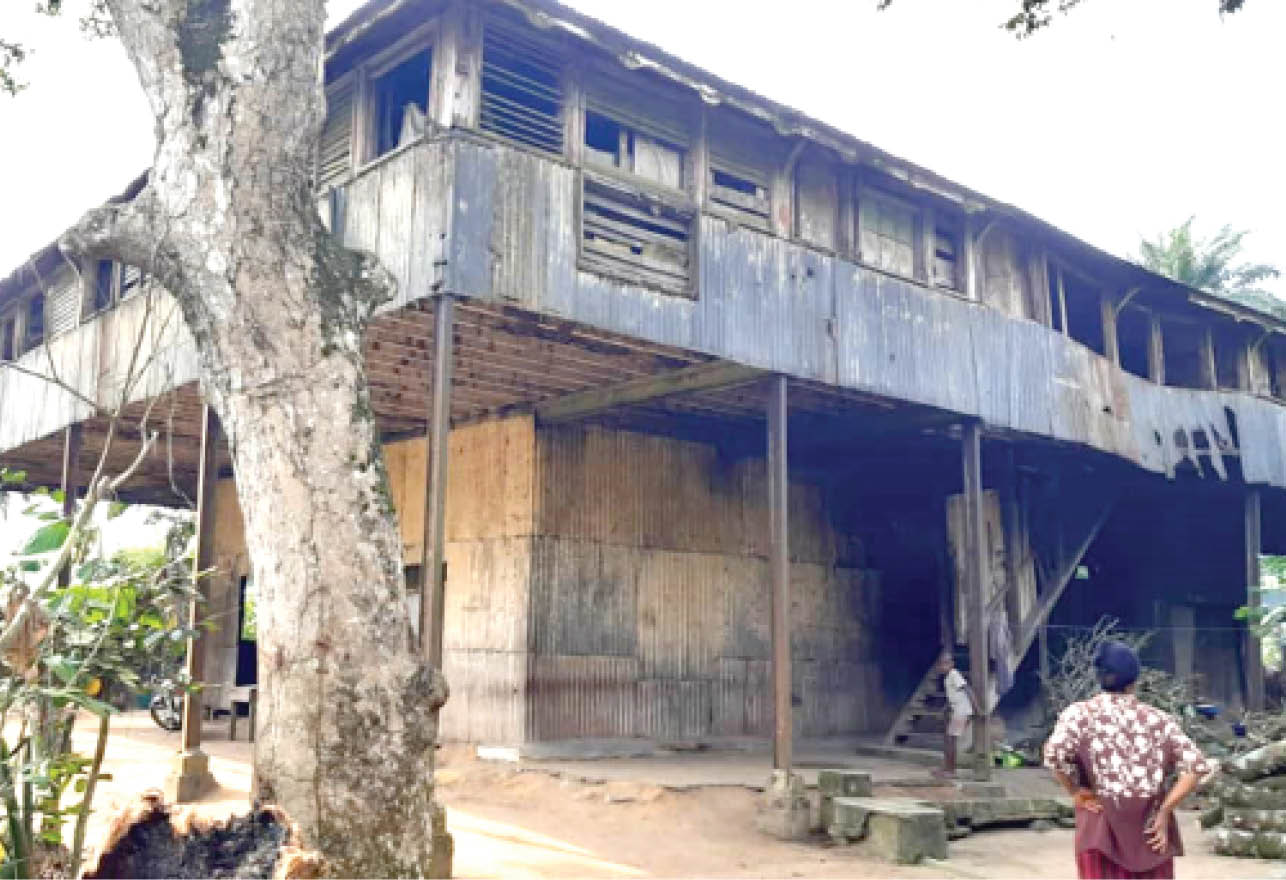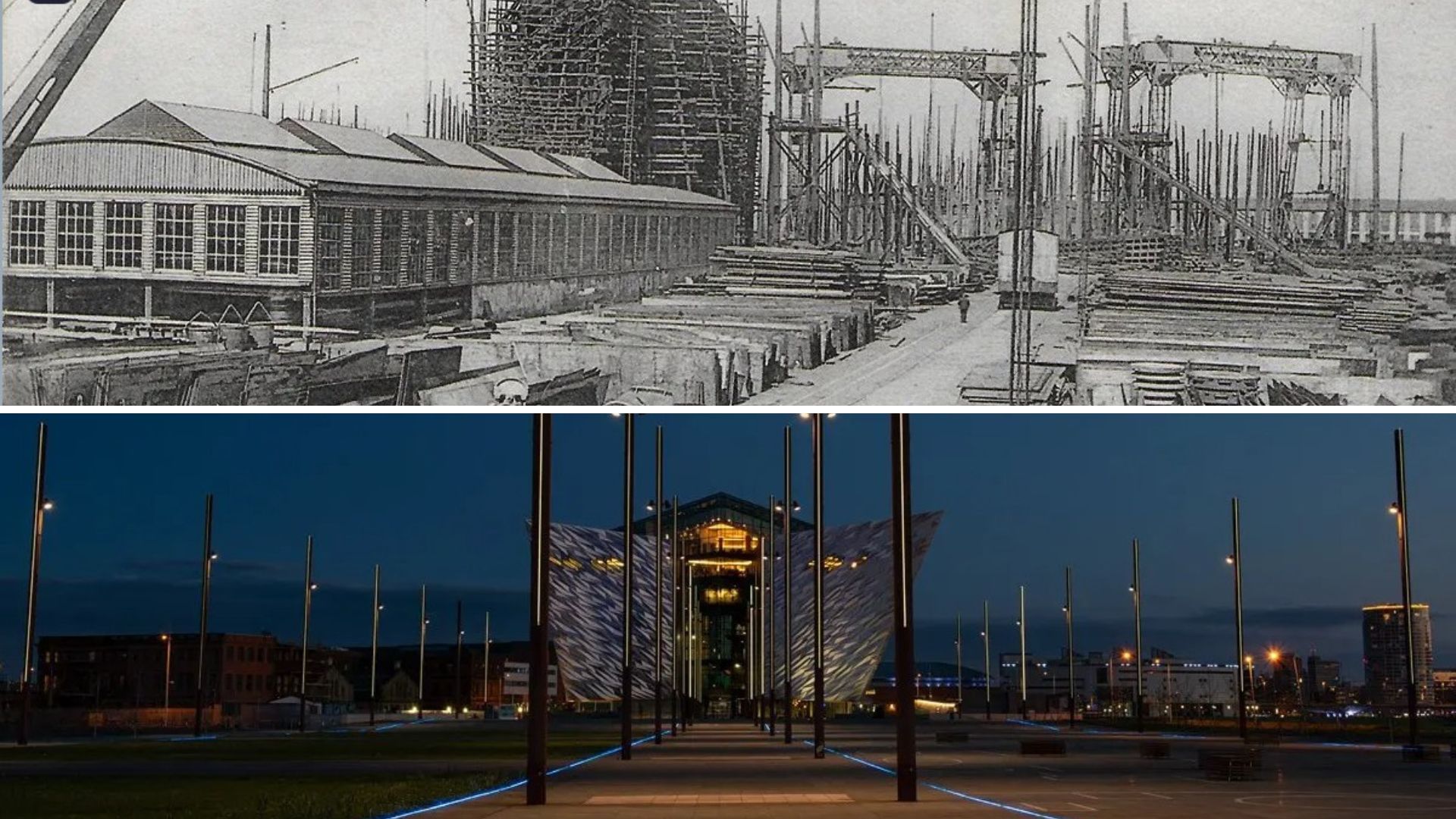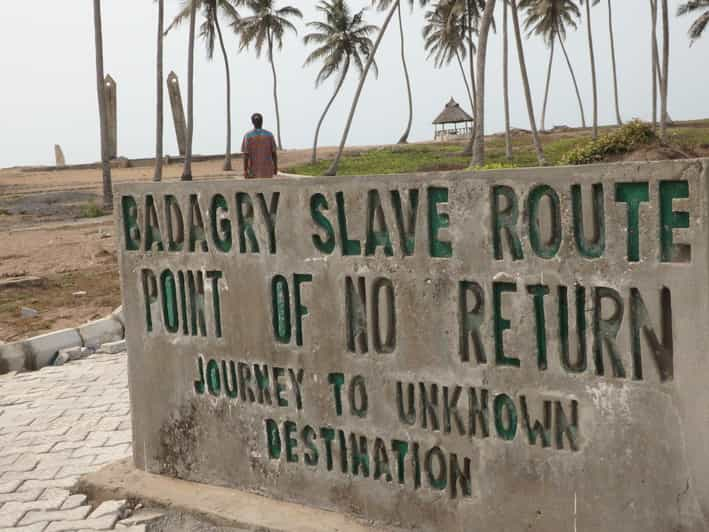I. Introduction
Nigeria’s rich historical and cultural heritage, shaped by tragedy, resilience, and transformation, presents an immense but underutilized opportunity to develop a thriving dark tourism sector. Across the world, dark tourism—where visitors engage with sites linked to death, suffering, and historical tragedy—has emerged as a powerful niche market that integrates historical education, cultural preservation, and economic growth (Foley & Lennon, 2010). While countries like Rwanda, Germany, and Cambodia have turned their historical tragedies into sites of remembrance and education, Nigeria has yet to fully leverage its dark heritage as a strategic asset for tourism development (Okpoko, Emeafor & Onyeka, 2021).
Despite Nigeria’s historical wealth, many of its dark heritage sites are at risk of being forgotten or destroyed. Scholars such as Okpoko et al. (2021) lament the gradual disappearance of significant historical landmarks, such as the Ojukwu Bunker and the Biafran underground radio station, which should be key elements of Nigeria’s dark tourism landscape. Likewise, Odum (2018) highlights the neglect of Badagry Slave Port, Lokoja’s colonial relics, and other sites of historical trauma due to inadequate preservation efforts and a lack of structured tourism investment. These realities reinforce the urgency of rethinking Nigeria’s approach to heritage conservation and tourism development.
This article is not a formal research study but rather an insightful reflection on the opportunities, challenges, and strategic pathways for developing dark tourism in Nigeria. Inspired by the works of Nigerian scholars who have critically examined this subject, I seek to shed light on the untapped potential of Nigeria’s dark heritage sites and offer a practical roadmap for their transformation into meaningful destinations. This insight builds upon the research of Okpoko et al. (2021) and Odum (2018), whose works have motivated me to advocate for a more structured and sustainable approach to dark tourism in Nigeria.
The transformation of dark heritage into viable tourism assets must be guided by policy reforms, infrastructure development, community involvement, and investment in storytelling and preservation. This article argues that, with a deliberate strategy, Nigeria can reposition itself as a global hub for dark tourism, providing visitors with meaningful experiences while preserving the country’s history. More importantly, a well-structured dark tourism sector can serve as a tool for national identity building, economic development, and cultural diplomacy.
Through this discussion, I hope to inspire Nigerian tourism stakeholders, policymakers, and scholars to rethink the country’s approach to heritage tourism. The preservation of dark heritage is not just about conserving history—it is about reclaiming narratives, fostering collective memory, and ensuring that history serves as a lesson for future generations. If managed ethically and strategically, dark tourism in Nigeria can shift from an overlooked concept to a thriving sector that contributes to sustainable tourism, historical awareness, and economic empowerment.
II. The Historical Context of Dark Tourism in Nigeria
Dark tourism in Nigeria is deeply rooted in the country’s colonial past, the transatlantic slave trade, civil war, and post-independence conflicts. These historical events have left behind sites of trauma, struggle, and resilience—potential assets for heritage tourism if properly preserved and promoted. Despite their significance, many of these sites remain underdeveloped, poorly maintained, or entirely forgotten (Okpoko, Emeafor & Onyeka, 2021). This section explores the historical contexts that shape Nigeria’s dark tourism potential and the challenges associated with reclaiming and developing these narratives.
1. The Legacy of the Transatlantic Slave Trade and Colonial Oppression
One of the darkest chapters in Nigeria’s history is the transatlantic slave trade, which saw millions of Africans captured and transported across the Atlantic under brutal conditions. Several Nigerian coastal towns, such as Badagry, Calabar, and Bonny, were major slave trading hubs where captives were held before being shipped off to the Americas (Odum, 2018).
🔹 Key Sites of Dark Heritage from the Slave Trade:
- Badagry Slave Port: Once a bustling slave market, now home to relics like the Point of No Return, a memorial where enslaved Africans were led to awaiting ships.
- Calabar’s Slave History Museum: A collection of artifacts and records documenting Nigeria’s role in the slave trade.
- Lokoja, the Site of British Colonial Administration: Formerly a transit point for freed slaves and the colonial capital under British rule.
Despite their importance, these sites lack proper preservation and investment, resulting in deterioration and limited tourism appeal (Okonkwo & Eyisi, 2014). Unlike Ghana’s Cape Coast Castle, which has become a UNESCO World Heritage Site, Nigeria’s equivalent locations have not received the same global recognition or infrastructure development.
2. The Nigerian Civil War and the Neglected Biafran Legacy
The Nigerian Civil War (1967–1970), commonly referred to as the Biafran War, remains one of the most defining and tragic events in the country’s modern history. The war led to immense suffering, famine, and loss of life, yet many of its key sites remain unmarked and undocumented as heritage landmarks (Okpoko et al., 2021).
🔹 Significant Biafran War Heritage Sites:
- Ojukwu Bunker (Umuahia): Built as a war command center by Biafran leader Odumegwu Ojukwu, this underground facility housed military strategists during the war. Despite its historical importance, it has been left to decay, with surrounding urban development encroaching on its structure (Okpoko et al., 2021).
- The Biafran Airstrip (Uli, Anambra State): Once a critical wartime air supply route for humanitarian aid, this site could serve as an educational center on war history.
- Biafran Radio Station (Aba): The underground station where the Biafran government broadcasted its propaganda and war updates.
Unlike countries such as Germany, which has preserved its war-related sites as powerful educational centers, Nigeria has largely ignored the Biafran legacy, leaving many important locations to be overtaken by urbanization and neglect (Odum, 2018).
3. Post-Independence Political Violence and Conflict Tourism
Nigeria’s post-independence history has been marked by military coups, ethnic conflicts, and insurgencies, leaving behind sites of historical trauma and remembrance. Despite their significance to national identity and collective memory, these sites remain underexplored as tourism destinations (Jemirade, 2021).
🔹 Sites of Political and Conflict Heritage:
- General Murtala Mohammed Assassination Site (Lagos): The location where Nigeria’s former military ruler was ambushed and killed in 1976.
- Jos Crisis Memorial (Plateau State): Documenting the ethnic and religious conflicts that have occurred in the region over decades.
- Chibok Memorial (Borno State): Commemorating the 2014 Boko Haram abduction of schoolgirls, an event that sparked global outrage.
The concept of conflict tourism—where tourists visit sites associated with historical conflicts—has been successfully implemented in other countries, such as Cambodia’s Killing Fields and South Africa’s Apartheid Museum (Soulard, Stewart & Larson, 2023). However, in Nigeria, these sites remain politically sensitive and underdeveloped, preventing them from being integrated into the tourism sector.
Conclusion
Nigeria’s history is rich with narratives of struggle, resilience, and transformation, yet many of its dark heritage sites remain neglected. The transatlantic slave trade, colonial oppression, the Nigerian Civil War, and post-independence conflicts all present opportunities for historical tourism and education. However, without proper preservation, investment, and awareness, these sites may disappear into obscurity.
If Nigeria is to unlock its dark tourism potential, it must reclaim its historical narratives, preserve its landmarks, and integrate them into structured tourism offerings. By drawing lessons from successful dark tourism destinations worldwide, Nigeria can leverage its past to build a more reflective, economically viable, and educationally enriching future.












Leave a Reply